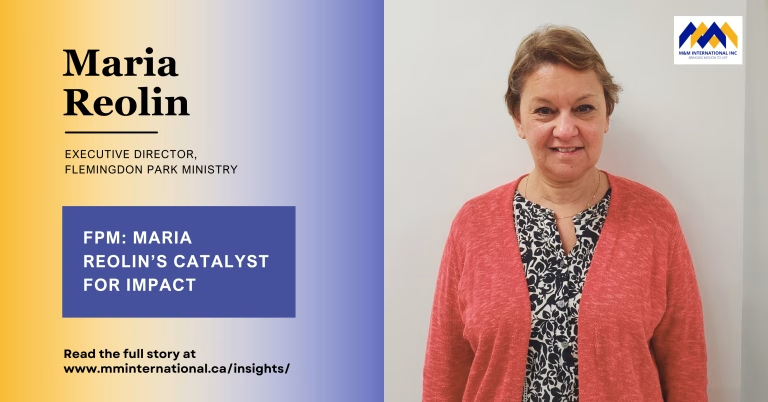by Marlie Whittle
If this thought has ever crossed your mind, then keep reading.
There are many reasons why a financial campaign can be an extremely stressful time for your organization. When we treat a campaign as a response to a crisis, it is deflating and exhausting and rarely yields positive results. In all this, we tend not to think about why or how we got in to this crisis in the first place. The buckets are busy bailing out the water but nobody is trying to patch the hole, or build a new boat.
If this sounds familiar, you need a plan. Whether you need to revitalize your vision and mission, rediscover your neighbours or reimagine how your building could be better utilized, you need a good process and facilitation to achieve your planning goals.
Where are we now?
A plan will help you describe your current situation, understand the environmental trends that will impact your organization in the future, and identify your stakeholders and partners.
How do we discern God’s mission? What outward signs are visible to us? Who would like our support? Knowing who you are now is about understanding the opportunities that exist for our congregation to serve God’s world.
Where do you want to go?
A proper plan will articulate precisely where you wish to be within a given timeframe.
Your organization has been many things in the past: it may have been the community center, busy with activity and pulsing with life; it may have been a thriving parish with Sunday service bursting at the seams or sprawling Diocese opening new churches regularly. It may still be one of those things or none of those things.
The place that you are heading may look very different than where you are now or where you have been in the past. This is not a bad thing. It’s important to find the hopeful, excited energy in your organization and follow it. Imagine the future that will make you proud of your organization.
We know we can’t support all the needs or provide opportunities for all of those in need. We also know that we have particular strengths and weaknesses in our human or capital resources.
How will you get there?
A plan will set attainable goals to help you navigate toward your desired outcome.
The road from your current state to your future state will not follow a straight path. In a simple system, the line connecting point A and point B would be straight, measurable, timely and predictable, however, your organization is a complex system that requires a human-centered plan.
The creation of a good plan requires strong leadership and lots of early buy-in.
A human-centered plan considers the hopes and aspirations of the people who are important to your organization’s work: clergy, staff, volunteers, parishioners and neighbours. It helps you determine who has energy to move your organization forward and the kind of support they will need.
A good plan will not sit on shelf.
Implementing the ‘low hanging fruit’ of your plan doesn’t have to wait for the final laminated version of your congregational or strategic plan. Don’t be afraid to try a few things along the way. Certainly, there are bigger changes and initiatives that will need to be significantly resourced before they can be launched but when people are truly engaged with the plan there should be energy for a few initiatives right away.
If you have questions or just want to chat about your organization’s specific needs, send us an email: [email protected]!



